PERU - PACASMAYO
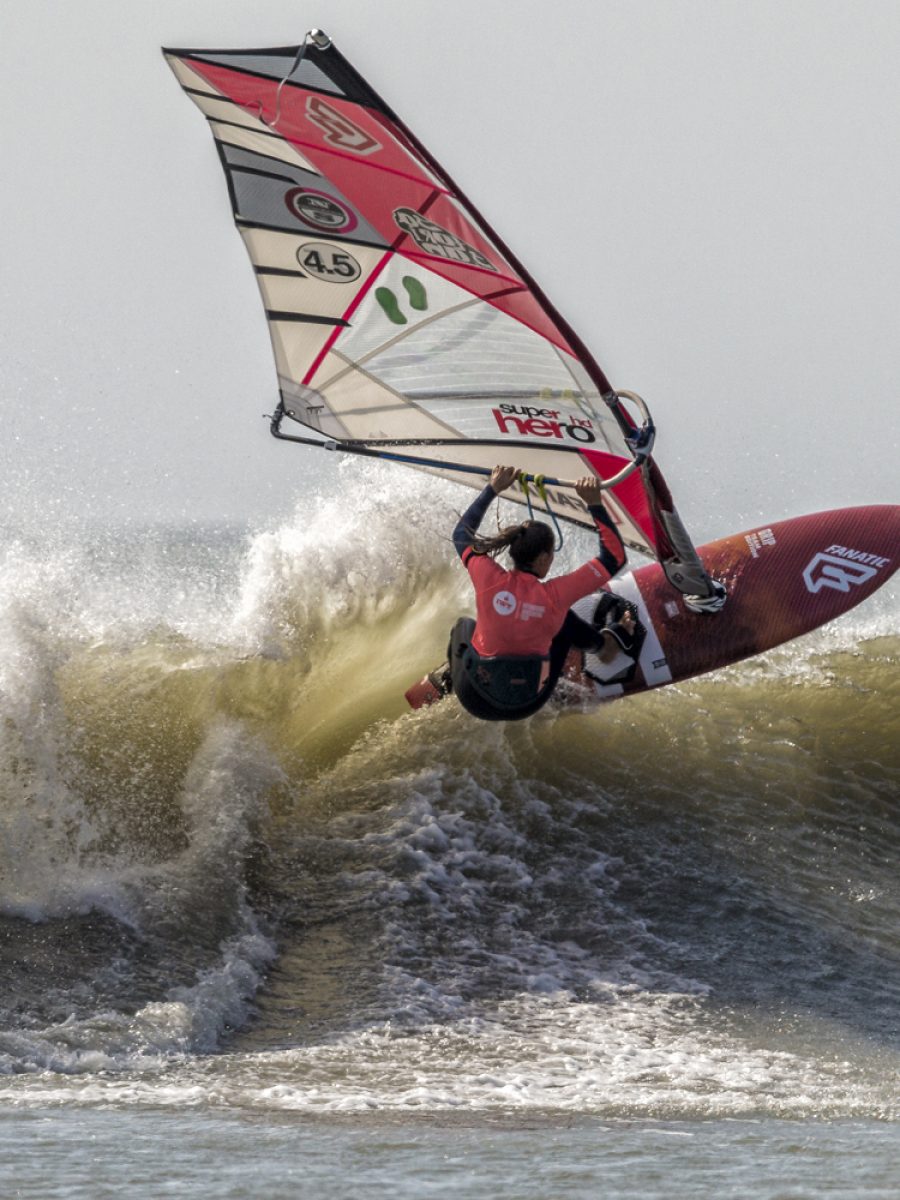
Some spots claim to be the windiest, some offer the biggest surf, but if you want some of the longest sailable waves in the world, then Pacasmayo in Peru is a good place to start. Maria Andres gives us the lowdown on her adventures there.
Words Maria Andres // Photos Si Crowther, Kevin Pritchard, Jacko Campeche, Maria Andres.
This feature originally appeared in the April 2018 issue of Windsurf Magazine
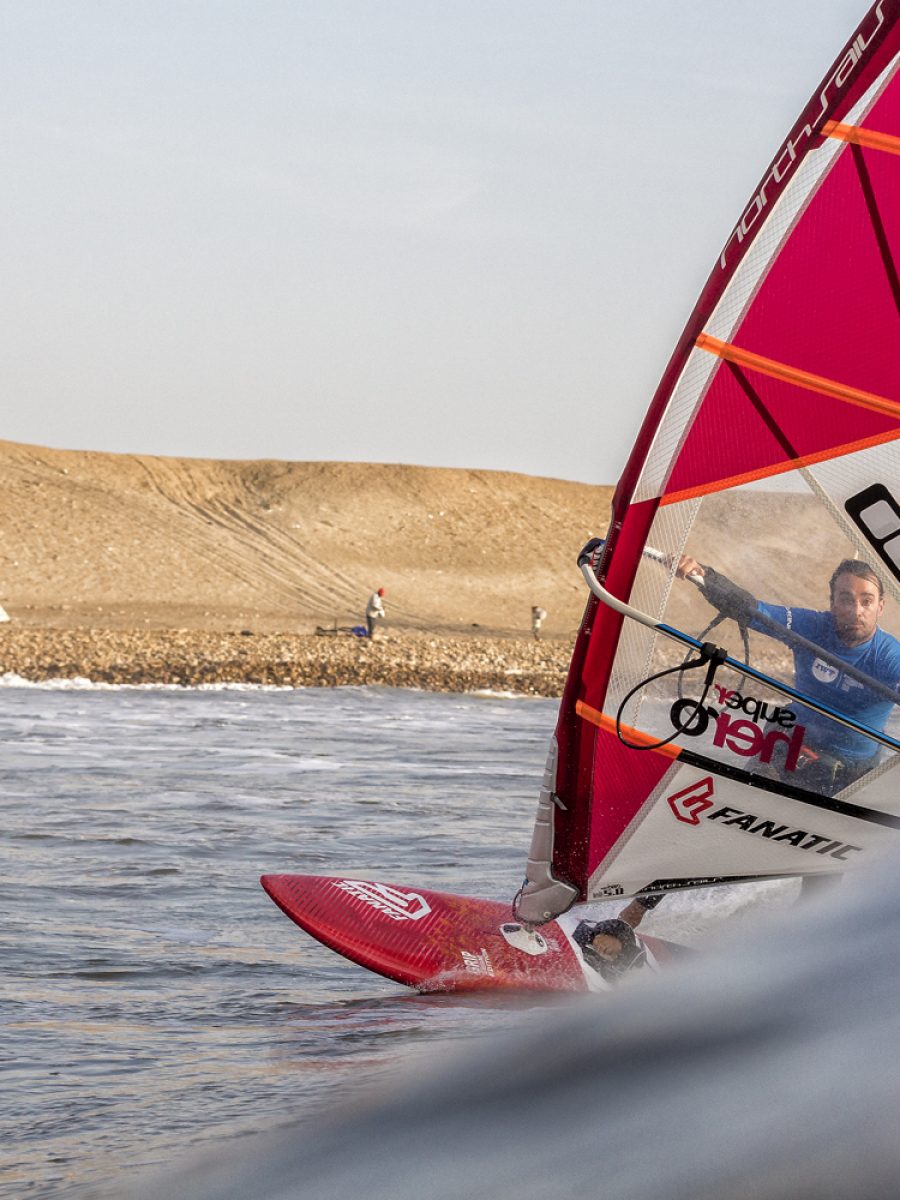
It all started five years ago. I was asked to help with the design for a little windsurf video. When I saw the clips, I could not believe it. The spot looked unreal. It was the longest ‘windsurfable’ wave I had ever seen. It seemed to be super glassy and friendly… the kind of wave where everyone could perform their best, learn fast and enjoy it!
That spot was Pacasmayo, unknown to the windsurf community then, but since has become more and more popular. Ever since learning about it I’ve wanted to go! Last August I finally had the chance, I was so excited! It was going to be my first time visiting somewhere in South America that was not Brazil, and of course, my first time in Peru. I did not really know what to expect. In my head I could almost imagine and reproduce every section of this never-ending wave of El Faro. Everything else, I was about to discover!
ROAD TRIP
From what I heard before, the spot was located in a remote place and it wasn’t easy to get there… I was a bit confused with the information I had… but actually, Pacasmayo village is well connected to Trujillo, the closest big town (100 Kms. away).
The trip to get there was very simple. I was travelling alone, with my windsurf and SUP gear. I flew to Lima, where I found some other IWT riders coming straight from the Baja event. The fact that there was a competition was not my motivation to go, but it was a good opportunity for me to participate in the event, why not? I could already feel that it was a very special competition atmosphere, relaxed and friendly, I liked that. We flew together to Trujillo and then a transfer picked us up and we drove to Pacasmayo. That was it. Easy.
The immensity of the desert landscapes on the road was overwhelming. The silence was palpable and it was hard to stay awake with the monotone view, until the magic started. The road began to cross green and dry areas alternatively. As if the land was painted in green and yellow stripes between the coast and the Andes mountains. The mountains are located parallel to the coast, so wherever there is a river finding its way to the ocean, there will be a green valley, and of course, a village.
The contrast of colours was very powerful! Trees, plants, fruits, kids, markets, noise, people wearing bright colours, horses, colourful houses, trucks, smells…. A few seconds later, silence. Greys, yellows, dunes, hills and rocky mountains. The smallest presence of colour in this bleak landscape stuck out dramatically. The contrasts were hypnotic. The pink t-shirt of the person walking in the shoulder of the endless road through the desert or a Circus poster in an empty wall in a grey landscape was attractive enough to keep us awake, admiring and taking photos of everything.
VILLAGES
Alternating with the dry areas, the villages located in the green valleys are so alive. The best word to describe them could be “movement”. I had little flashes from Morocco, India, and Cape Verde. There were many details that reminded me of those places. The tuk-tuks like in Asia (I didn’t know I was going to see moto-taxis in Peru! I love them!), colourful shops and markets like in Morocco, the unfinished and semi-painted constructions like in Cape Verde.
That was actually something very striking. Pretty much every house had the second floor half built. Head high at the front of the house everything looked nice and new, but looking up at the sides of the houses, it was unfinished, unpainted and you could see the raw and grey materials. It was so startling that I asked about it. The best explanations were, “this is a way to avoid paying taxes because you only start paying once the house is finished”, and about the painting, “this is because at one point someone is going to build a house next to them, so why should they waste the money”. So, mystery solved as to the look of many of the little villages we passed through.
PEOPLE
When you are travelling, arriving somewhere where you find smiley and friendly faces makes you feel so good and welcome. It makes you feel at home. I had never travelled to a Spanish speaking country and to be able to communicate in my mother language was so awesome! During this trip, I was going to be able to express my thoughts exactly the way I wanted. I am sure this helps to connect to people, but it was easy whatever language you were speaking. Everyone was friendly and happy to chat and answer questions about whatever we wanted to ask. It was beautiful to see how involved they are about protecting their environment and how much they know about their history. I had some very interesting conversations with taxi drivers!
CULTURE
The first evidence of settlements in the region date from 11.000 BC. The Mochica and Chimú culture populated Pacasmayo area, leaving a big legacy behind, like some unique pyramids in the Jequetepeque Valley that you can visit, the textile and ceramic traditions and their knowledge for developing towns, like Pakatnamú. There is also a big connection with the ocean. In some beaches you can find and even try the ancient “Caballitos de Totora”. They are reed watercraft used by fishermen in Peru for the past 3000 years, archaeologically evidenced from pottery shards. Close to Pacasmayo, in the port town of Huanchaco, fishermen still use these vessels riding the waves back to shore, suggesting some of the first forms of wave riding. The Peruvian cuisine is considered the most varied cuisine in the world. The Peruvian gastronomy reflects the miscegenation that has shaped Peruvian culture over the centuries. There are pre-Columbian cultures added to the Spanish cuisine, the culinary customs of African culture, influenced by Amazonian, Creole, Andean, French, Cantonese, Japanese and Italian gastronomy. In Pacasmayo there are a lot of little restaurants with a big choice of delicious meals for a very good price. Just be careful with the water/salads and eggs. A must try is Ceviche and Pisco Sour (It has raw egg, but you can ask to get it without).
PACASMAYO
Arriving in Pacasmayo, the first thing I did was check the wave of course! It was way longer than I had imagined and with lines stretched all the way to the horizon. The beach was long with sandy cliffs like a desert and there was a long pier in the middle of the bay filled with fishing boats. The air was kind of foggy and the scenery was picturesque. The streets were busy and colourful, it looked messy but nice. Friendly faces, and pimped out moto-taxis were moving all around.The promenade (“Malecón”) along the beach was pleasant with nice cafes and little shops. Some of the streets are so interesting! There are fruit markets, big supermarkets, pharmacy, restaurants and shops. You can find everything in the village. Before I arrived, I was told that the village was far from the resort or the place where you launch to windsurf. But it’s just a 10 minute walk or 2 minutes by moto taxi! So don’t think that you will be isolated. Everything you need is right there.
THE WAVE / SURFING PACASMAYO
Pacasmayo is located in the north of Peru, so when the south swells hit the Pacasmayo coast, the waves have a big period and are perfectly organized in endless lines. The orientation of El Faro Beach is perfect to get the south swell wrapping around and forming a wave peeling left all the way. When it is big, you can catch a wave at the lighthouse and surf it all the way to the pier, over 1 kilometre! Pacasmayo wave is so unique that legends like Laird Hamilton, Kai Lenny and Robby Naish have ridden it! Nowadays, during the winter months, you can get to share a wave with Kevin Pritchard, Morgan Noireaux or Bernd Roediger!
The first time I finally went in in the water I was so excited! How can it be windy and so glassy! The inside of the bay close to the lighthouse is shallow and protected somewhat by the point. It gets the swell but the surface of the water is so clean that you don’t feel any chop. The wave keeps forming perfectly, with some steeper parts and beautiful walls. There are some parts were you have to wait and reposition, then accelerate and go for the section in front. It is the sort of wave riding you have been dreaming about all your life!
Every wave lets you do so many turns that you learn and improve very quickly! One day in Pacasmayo you can probably learn more than months or years in your home spot! There is a local boy, William Perez, that only started windsurfing a few years ago. He wasn’t practicing any watersport before, and now you can see him ripping Pacasmayo waves with style either on his windsurf or SUP board! It is very consistent also, it was windy and wavy almost every day during my 20 day trip!
The long beach with red cliffs to the right makes you feel like you are surfing in California. The sunsets are orange, mystical and serene. The wind starts to drop. The lighthouse starts to flash. Sailing back home, I got to surf the same wave as a Pelican. Both in silence, both going down the line using the little wind left and the power of the wave. It was so magical and back at the beach I was excited to tell everyone. Well, apparently I was the only person that never surfed with pelicans before! Ha ha, whatever, sharing a wave with a bird so big that can fly so smooth and so close to you is awesome! Sometimes they fly in groups and make funny paths going up and down using the wind that the wave generates. I was hypnotized by them! There are a lot of seals too! For a European like me, it was all so exotic!
These waves are so much fun, you can push as much as you want because they are not too powerful or dangerous, you can share with friends and you can decide how long to ride or in what part of the wave (the bay!) to stay. Suffice to say I rode my best ever waves in Pacasmayo. I got to do a lot of turns and 3 aerials in the same wave! I almost couldn’t sleep after the good days! This wave is so unique that there is a project to have the wave designated as a national monument, protecting it from development for future generations. I really hope they will get it! With an average swell size, to get to the top of the point to surf, the moto-taxis can take you there with your boards for a small charge, but it isn’t actually that far to walk. Windsurfing it is just a 10-20 minute upwind sail. When the swell is very big, the currents are extremely strong and the wave gets so long that if you want to surf or SUP it all the way from El Faro to the Pier you’ll need to hire a boat to take you back to the point. Windsurfing you will not need it.
PACASMAYO PIER
Pacasmayo Pier is probably the icon of the town, together with the wave. In 1871 construction began of the Pier (“Muelle de Pacasmayo”) and the train Station. It became a very important port for the boats exporting tobacco to Chile and also for exporting other goods, like fish or guano from the islands. Guano is essentially bird poop, which happens to be a very good organic fertilizer and Peru is the world’s leading producer of it. It was prized by the Incas and played a very important role in the Peruvian economy in the 19th century until they overexploited stocks. The building of the pier began the golden age of Pacasmayo, which lasted until 1967, the year when the railway stopped running. Since that time, the commercial activity has decreased to the point where now the pier, just as the railway station, are historic monuments, the evidence of a glorious past that brought with it an economic boom to the city. The initial length of the deck was 773 metres, but 3 bigger swells during the early 1900s and one in 2015 (when even Laird Hamilton visited Pacasmayo for the swell) destroyed a big part of it. Nowadays there is just 424 metres left, but it still looks such a long pier! Now it is so fragile that only fishermen are allowed to walk over the deck to get to their boats. The bigger the swell is, the farther out they need to anchor their boats. The local fishing fleet means great fresh fish in Pacasmayo, best sampled in the famous Peruvian fish dish, Ceviche.
THE SEASON
Pacasmayo wind and waves work pretty much all year round. During December, January and February the waves are a bit smaller because it is summer and the south swells are not pumping. The wind season starts in May and blows until November. I was there during August and September and most of the time I was perfect on a 4.5 sail and 76 litre board. The average annual temperature is 22°C., the max average is 27 and the minimum average is 17. You’ll need a 5/4 or 4/3 wetsuit during the winter (July, August & September) and just shorts in summer.
OTHER SPOTS
There are a few amazing spots close to Pacasmayo. Chicama is just 30 Kms. away and it has beautiful long and peeling waves. The orientation is almost the same as Pacasmayo, but it needs bigger swells. So if Pacasmayo is too big, then to go to Chicama.
(Editor’s note – Chicama holds the Guinness world record for the longest wave ridden by a windsurfer, set by Camille Juban, who sailed one wave for 7 minutes and 3 seconds!)
Huanchaco is a beautiful long beach with a pier and once again, endless lefts. A longboard paradise. At the beach, you’ll be able to rent a traditional reed boat (“Caballito de Totora”) and try it in the ocean.
For tourist days you can visit the pyramids in Jequetepeque Valley or the archaeological sites of Chan-Chan or El Brujo.
MORE INFO:
How to get there: Option 1 Fly to Lima + bus “Excluciva” Lima-Pacasmayo (direct!). This is the cheaper option normally. Option 2 – Fly to Trujillo or Chiclayo + transfer to Pacasmayo (organize it before arrival with your accommodation).
Accommodation: There are a lot of options. If on a budget, you can rent a house or stay in a little hostel / hotel somewhere in town. Or, for a reasonable price, you can stay in El Faro Resort, right in front of the wave and leave your sail rigged.
Food: There are plenty of nice little restaurants with tasty food. Be careful with the water as you can get diarrhoea, so best to travel with some appropriate medicine.
Closet airport: Trujillo or Chiclayo.
Bus from Lima: If you only fly to Lima, then go to the bus station by taxi. There are lots of bus companies. “Excluciva” is quite popular because you can take your board bags and it has beds. Once in Pacasmayo bus station, you can go by taxi to your accommodation.
Transfer: There are transfers either from Chiclayo or Trujillo, you can ask your host to organize them.
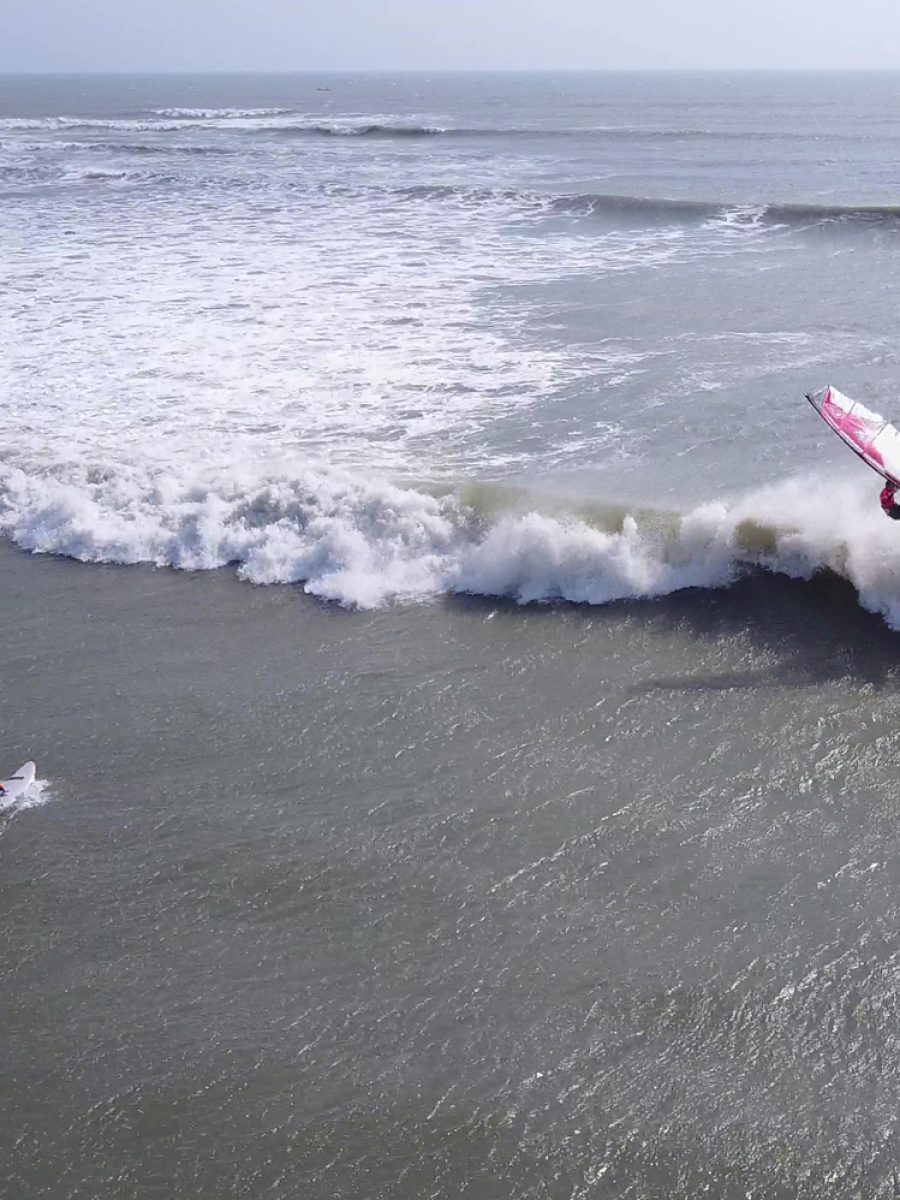
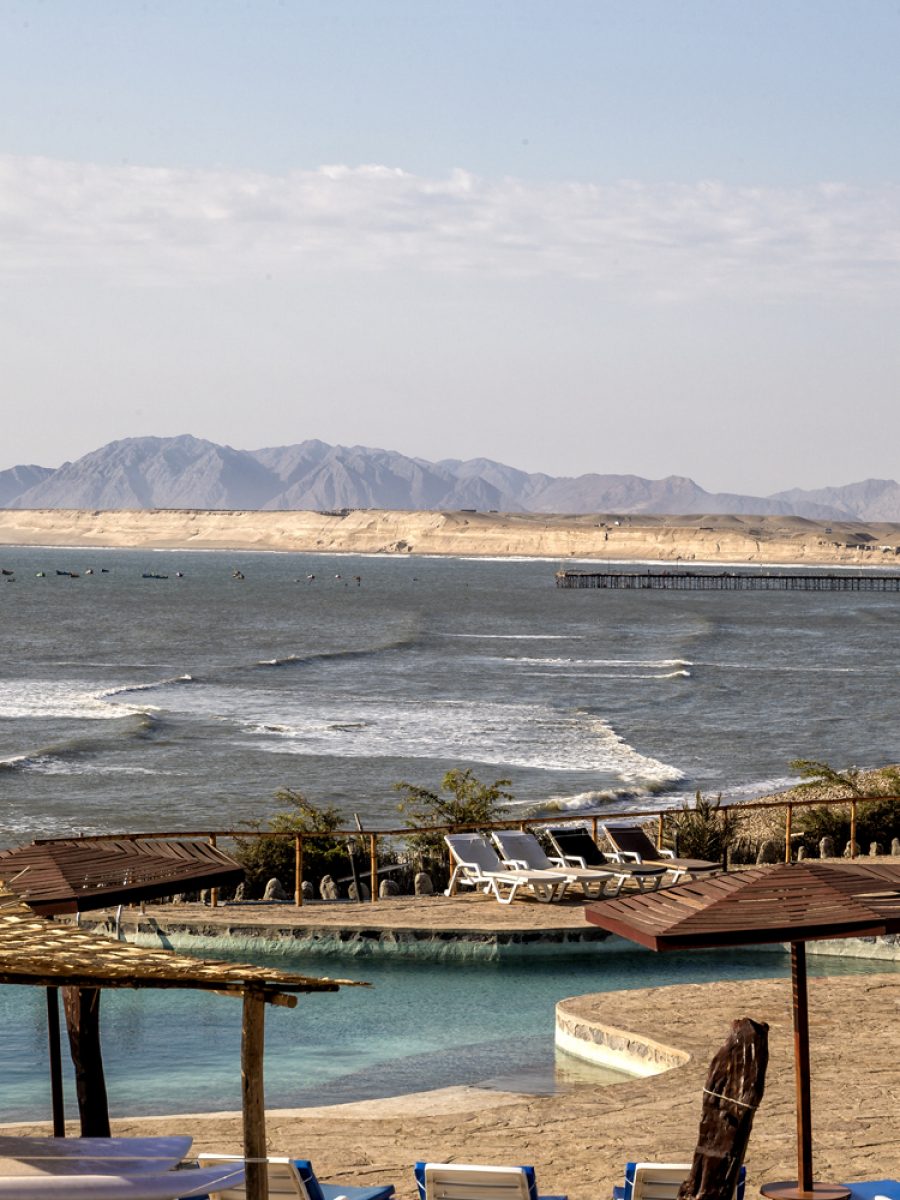
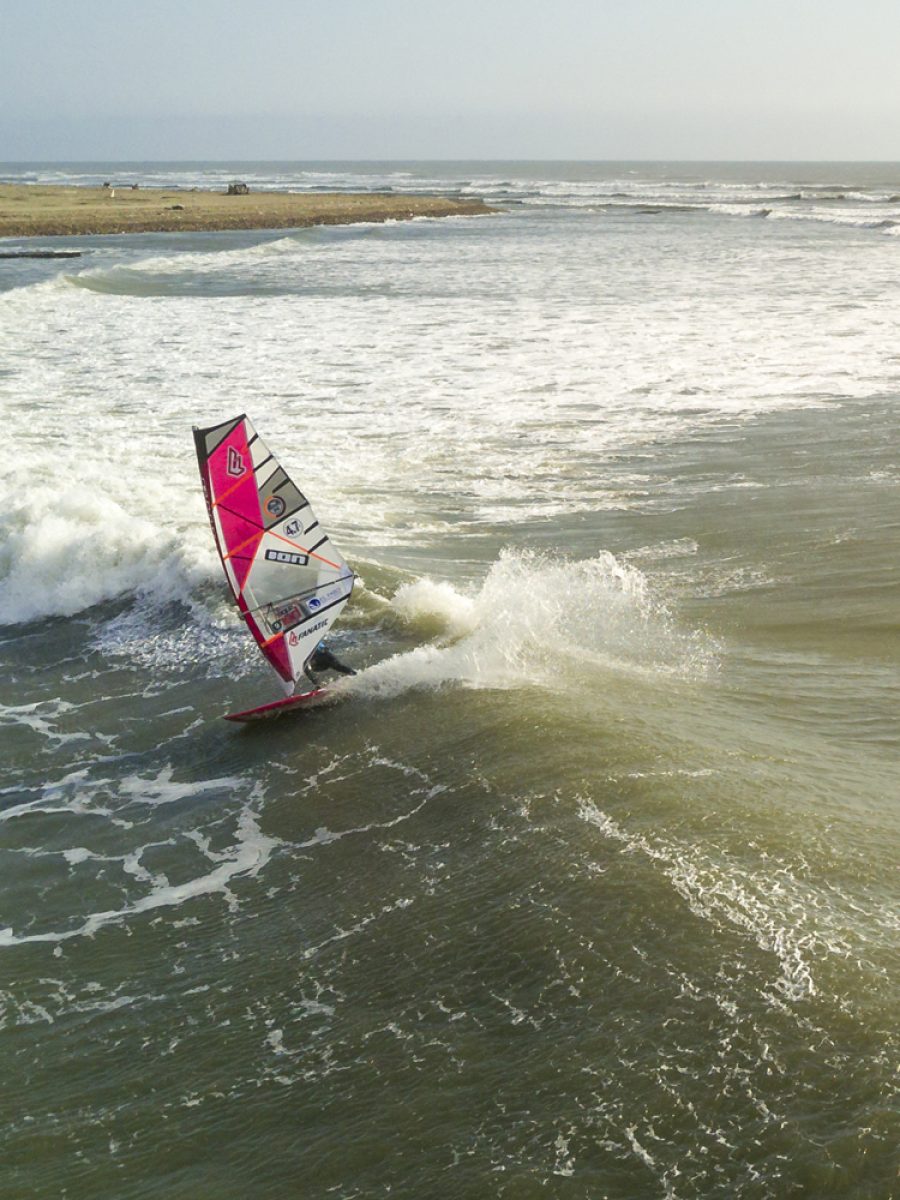
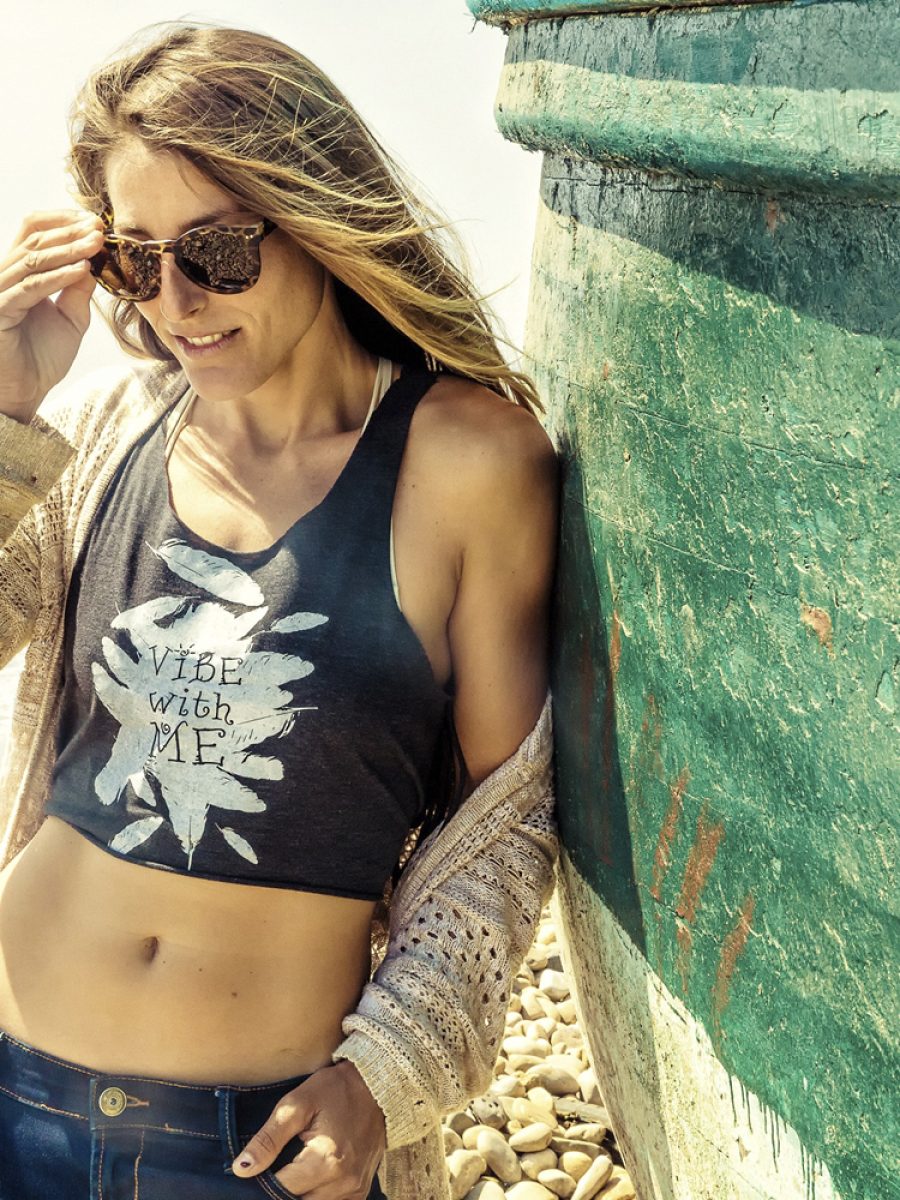
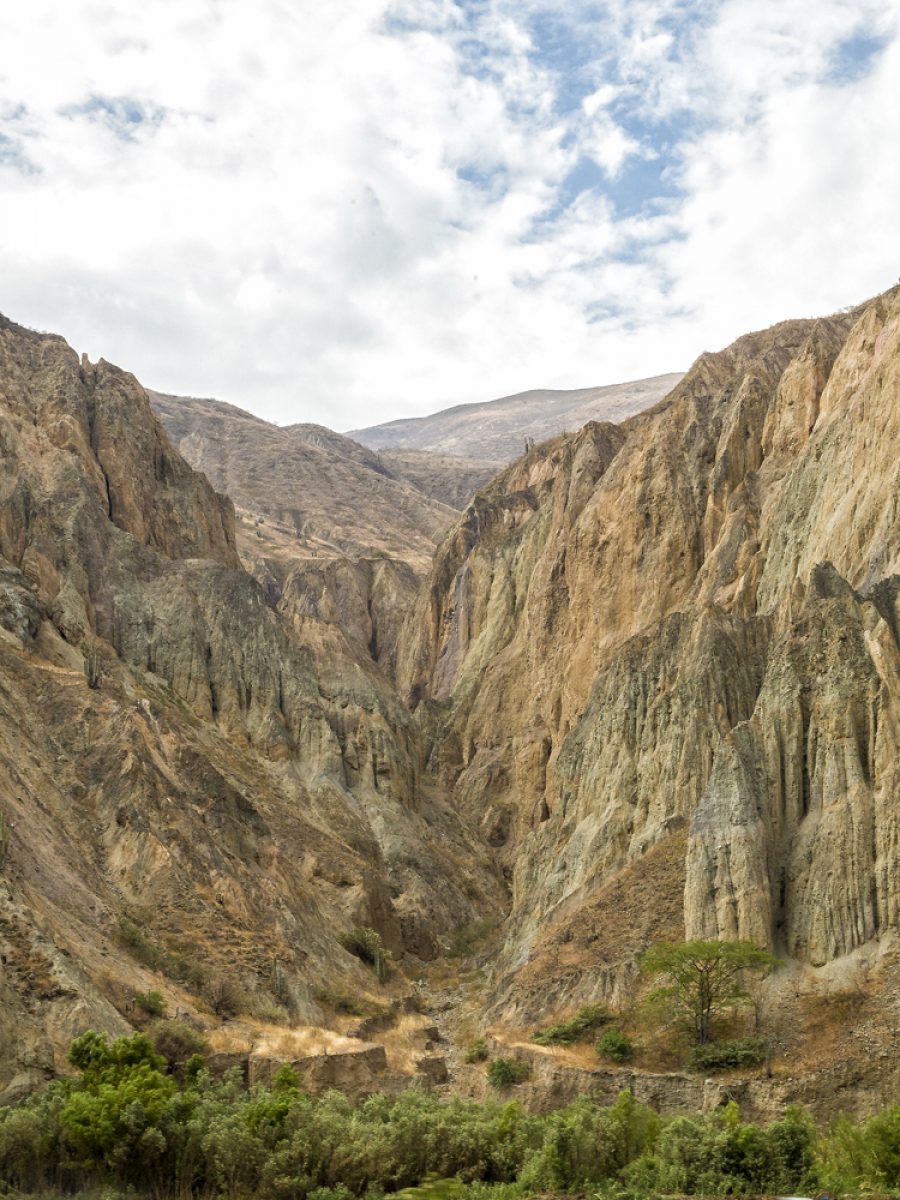

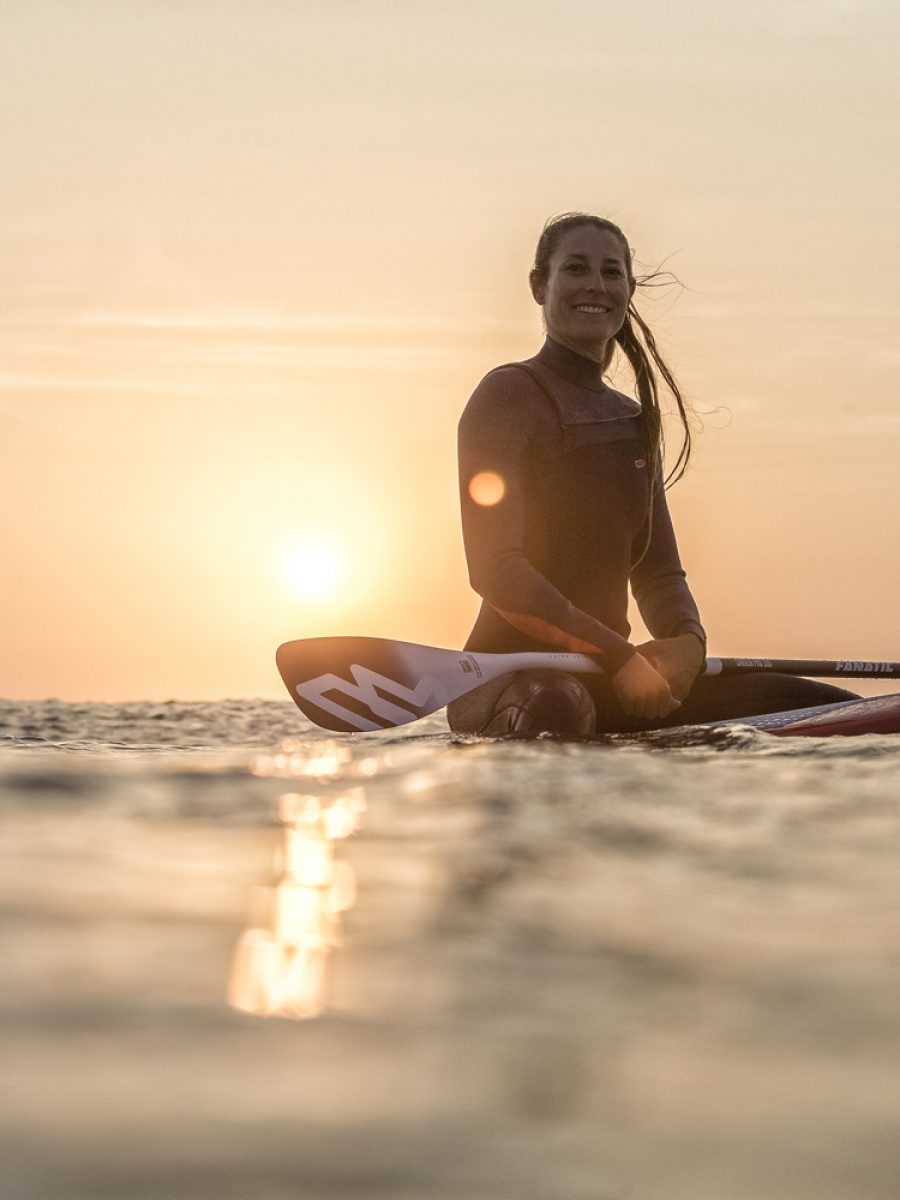
The post PERU – PACASMAYO appeared first on Windsurf Magazine.